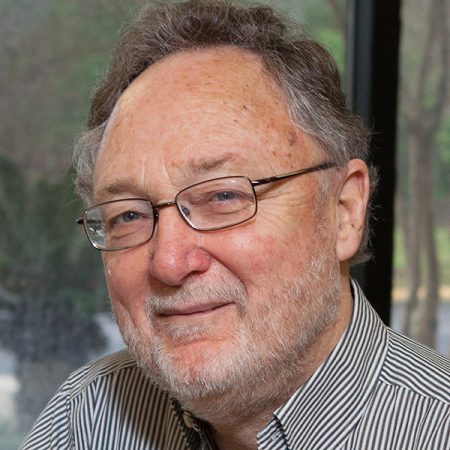
Researchers at Florida State University’s National High Magnetic Field Laboratory (MagLab) have invented a groundbreaking new way to process superconducting material — one that makes it far more useful for building high-powered magnets for facilities like the Large Hadron Collider at CERN, which was instrumental in proving the existence of the God particle.
The superconductor discovery was made by MagLab scientists and a researcher at CERN, the particle accelerator laboratory in Switzerland, and will be published in the April issue of Nature Materials. The article is also currently available online.
An image of the superconductor that’s causing all the excitement — a newly processed form of Bi-2212, or “bisco” — will also be featured on the journal’s cover.
Bisco is a complex high temperature superconducting material made of bismuth, strontium, calcium, copper and oxygen that is well known to superconduct (or transmit electricity without loss) at super-cold temperatures up to 90 degrees Kelvin or negative 183 degrees Celsius.
“This is the first time that any high-temperature superconductor has been made in the form that is the most useful for creating high-field magnets — a form that is round, multifilament, twisted and capable of being made in multiple architectures and sizes — without giving up the high-current density that is needed for making powerful magnets,” said David Larbalestier, the director of the Applied Superconductivity Center and the lead investigator of the journal article. “For the very long lengths that are needed for magnet coils — hundreds of meters to kilometers in length — we have figured out a way to increase the critical current density by almost a factor of 10.”
Because most superconductors are used to make magnets, what matters even more than the temperature at which they become superconducting is the density of supercurrent (supercurrent flows without resistance and thus generates no heat or electrical loss) that can flow though wires made of the material.
Magnet engineers were previously using a form of bisco constructed in a superconducting ribbon processed in a complex way that minimized its capabilities. Now, by employing the MagLab’s new, pioneering process, they can make Bi-2212 into round wires.
Put another way, engineers were previously limited to wide “fettuccini” ribbons to build magnets, but now can choose skinny “spaghetti” wires. Magnet builders much prefer “spaghetti” to “fettuccine” because high current cables and complex winding shapes are much more feasible with round than with flat wires.
That means the newly processed MagLab bisco “spaghetti” can also carry far more electricity than its “fettuccini” predecessor.
“We’re talking current density of well over 500 amps per square millimeter,” said Larbalestier of the increase. By contrast, copper wiring in a house operates at 1 amp per square millimeter.
What makes the breakthrough even more valuable is that this technology already has industry-wide appeal. Oxford Superconducting Technology, for example,has a number of interested customers, and the researchers involved are providing processing details or process support so that the results can be replicated.
The discovery came through very careful study of the complex microstructure of the wires and correlation to the supercurrent density. The multiple investigators on the article, “Isotropic round-wire multifilament cuprate superconductor for generation of magnetic fields above 30 T,” include processing experts, microstructural experts and superconducting property measurement experts. They are Jianyi Jiang, Ulf Peter Trociewitz, Fumitake Kametani, Matthieu Dalban-Canassy, Maxime Matras, Peng Chen, Natanette C. Craig, Peter J. Lee, Eric Hellstrom at the MagLab and CERN scientist Christian Scheuerlein.
“We want to see this process used,” Larbalestier said. “We want to build lots of magnets out of Bi-2212, get the wire cost down, useable lengths way up and make Bi-2212 the precursor of new generations of round, twisted, multifilament high temperature superconductor wires that will revolutionize superconducting applications.”
The conductor research underpinning the breakthrough was supported by a grant from the U.S. Department of Energy’s Office of High Energy Physics in the framework of a multilab collaboration (Very High Field Superconducting Magnet Collaboration), in which groups at Fermilab, Brookhaven and Lawrence Berkeley Labs played major roles. The high field magnet work at the MagLab was financed by the National Science Foundation and the state of Florida.




